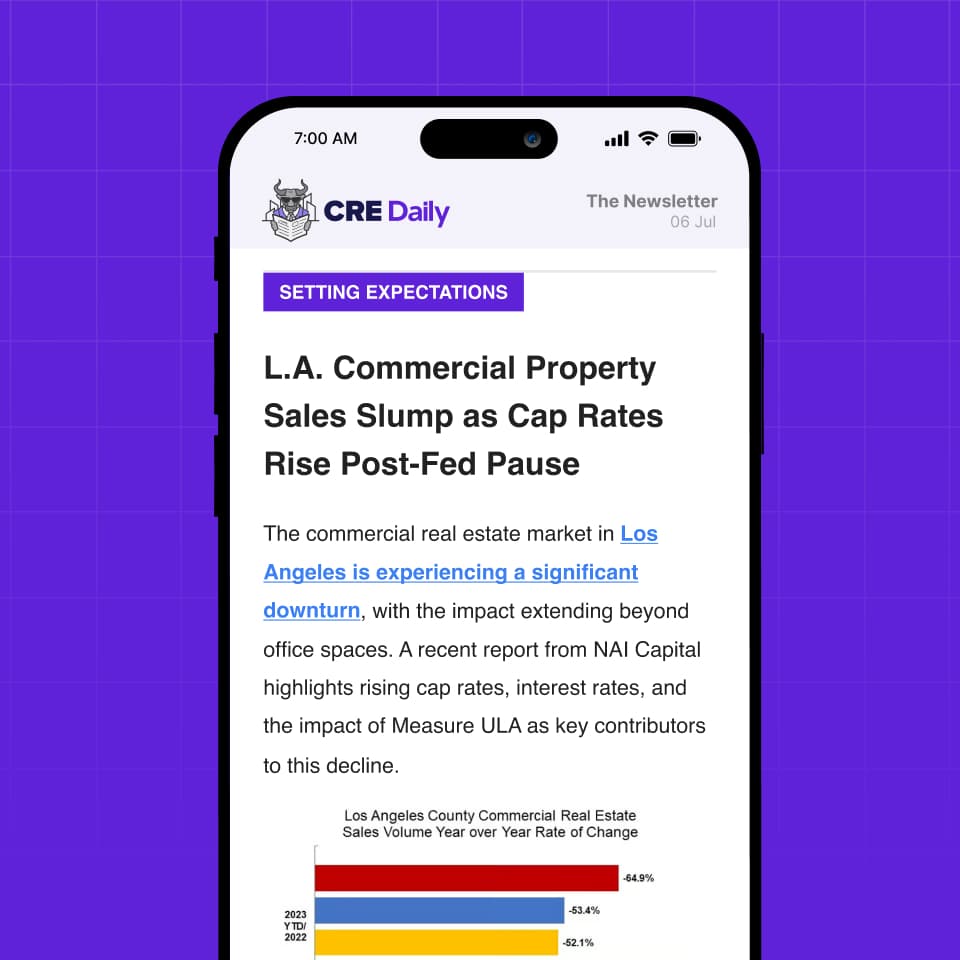- Holiday retail sales are forecasted to grow just 2.9%–3.4%, according to Deloitte—down from 4.2% last year—making it the slowest growth since 2020.
- Inflation, tariffs, and economic uncertainty are driving consumers to cut back on discretionary spending, with average holiday budgets falling 5.3% year-over-year.
- E-commerce continues to lead, with forecasts of up to 9% growth, while physical stores are expected to grow just 2.2%.
- Retailers are launching earlier promotions and shifting strategies, with mixed guidance from major brands like Walmart, Macy’s, and Mattel amid rising costs.
A Muted Season Ahead
Retailers are entering the 2025 holiday season with caution, reports GlobeSt. Deloitte forecasts retail sales to grow between 2.9% and 3.4%, down sharply from 4.2% last year. Mastercard’s estimates are only slightly more optimistic at 3.6%, marking a clear slowdown in holiday momentum as consumers tighten their belts.
Inflation And Tariffs Weigh Heavily
The holiday pullback is being attributed to persistent inflation. Lingering trade policies are also weighing on consumer spending. Notably, tariffs have pushed up retail prices and squeezed household budgets. A PwC survey shows consumers plan to spend $1,552 on average this holiday season. That’s a 5.3% drop from last year—the steepest decline since the pandemic.
Spending cuts are especially sharp in apparel, dining out, and big-ticket items. A striking 84% of consumers expect to reduce discretionary spending over the next six months.
Get Smarter about what matters in CRE
Stay ahead of trends in commercial real estate with CRE Daily – the free newsletter delivering everything you need to start your day in just 5-minutes
E-commerce Still Leads—But Growth Is Slowing
Digital sales remain a bright spot, though growth is moderating. Deloitte sees online sales increasing 7% to 9%, outpacing the 2% to 2.2% growth forecasted for in-store retail.
Adobe offers a more bullish projection, forecasting a record $240.8B in online sales. That’s an 8.4% year-over-year rise, driven largely by mobile. Mobile is expected to account for over half of all online transactions. Cyber Week alone could account for $40.6B, up 7%.
In contrast, Salesforce forecasts just 2.1% growth in online sales, citing waning pandemic-driven e-commerce momentum.
Retailers Respond With Divergent Strategies
Retailers are navigating the uncertain landscape in different ways. Walmart and Macy’s have raised their forecasts, banking on early promotions and targeted pricing. Amazon, Target, and Walmart all launched October discount events to spur early demand.
Others, like Mattel, are more cautious. The toymaker reported a double-digit decline in North American sales due to tariff-driven cost pressures. Target is also seeing slower sales growth, with cautious consumers cutting back.
Walmart is managing margin pressures through selective price increases and expanded private-label offerings aimed at budget-conscious shoppers. Macy’s is targeting wealthier customers less impacted by price changes, offsetting tariff costs with negotiated supplier terms and higher prices on premium goods.
Why It Matters
This holiday season underscores the changing nature of consumer spending. While luxury and e-commerce show pockets of resilience, broader retail faces headwinds from inflation, trade costs, and a more value-focused shopper. Branded promotions and strategic pricing will be key to navigating the slowest holiday growth since 2020.
What’s Next
Retailers are preparing for a holiday season that rewards adaptability. With early deals, mobile-first strategies, and pricing precision, those who adjust quickly may still find success. But the era of pandemic-fueled spending booms appears firmly behind us.

















